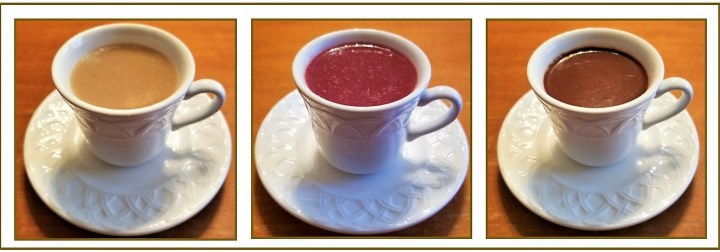
In Mexico, the most traditional corn-based food for El Día de la Candelaria (Candlemas) celebrated on February 2nd, is a selection of tamales, often paired with atole. The word atole comes directly from the Nahuatl form atolli – “watered down” or “slurry”. Specifically as a hot beverage, pre-Hispanic atole was originally nixtamalized corn dough (masa) dissolved in water and sweetened with honey or agave syrup; sometimes flavouring agents such as fruit, chiles or cocoa were also used. After the Spanish conquest, atole became another product of culinary fusion, with cinnamon, exotic fruits, and often milk, being added to the mix.
Nowadays, a close substitution for freshly ground masa is commercial corn flour (maize flour, masa harina, Maseca™, PAN™, etc.) and, although it might still be considered a slightly heretical notion in the country side, it is a very common practice to use corn starch (such as Maizena™, known as corn flour in Great Britain and other countries) or rice flour, as thickeners. Artisanal and regional versions use special ingredients, such as pinole (spiced ground corn), or corn silk ashes (atole negro – black atole); the resulting flavours and consistencies are quite different for each case, and ingredient ratios and cooking times will also vary. I chose “Maseca™ corn flour for tortillas” as the thickener for this recipe. For a detailed description, name differences and uses of corn-based flours, visit my post “Corn Flour and Masa 101.”
Atole
Ingredients
Atole Base:
3 cups water
¼ cup raw sugar, or more, to taste (such as piloncillo)
1 stick cinnamon
¼ cup corn flour for masa (such as Maseca™ or white PAN™)
Berry flavoured:
2 cups fresh or frozen berries (most traditionally strawberries, any other, or a mix)
1 cup water (or milk)
More sugar, to taste
Chocolate flavoured (Champurrado*):
2 cups water (or milk)
3 oz (around 100 g) chocolate (Mexican chocolate, or baking dark or semisweet)
Atole base:
Mix corn flour and 1 cup of water at room temperature, stirring with a fork or a beater until smooth (photo below, left); reserve. Bring the other two cups of water, ¼ cup sugar and cinnamon stick to a boil in a pan over high heat, stirring until the sugar has dissolved completely (photo below, right):
Slowly add the reserved corn slurry, stirring (photo below, left). Bring to boil again, then lower heat to medium. Continue cooking and stirring constantly to avoid burning the bottom, for about ten minutes. Taste, adjusting sweetness with more sugar, if needed; continue cooking and stirring, until the atole is thick but still runny enough to pour, and with no trace of raw flour taste. I believe this is the zenith of the whole recipe, because only fully cooked corn dough/flour will provide the unique flavour of toasty ground corn; if the preparation thickens too much before the fully-cooked taste is achieved, add a little more water (or even milk) and continue stirring for a few more minutes. Remove cinnamon (photo below, right):
This base may be used to prepare flavoured atoles, or served as it is; it is sometimes called atole blanco – white atole. Serve hot:

For berry flavoured atole:
Prepare atole base as above. Fresh strawberries are the most popular choice, but I used frozen mixed berries (strawberries, raspberries and blueberries). Process fruit and water (or milk) in a blender until smooth. Add to the simmering atole base, straining through a mesh to remove seeds (photo below, left). Continue stirring and bring back to boil (photo below, right):
Reduce heat and simmer for one minute; taste, and adjust sweetness with more sugar, to taste. Continue cooking and stirring for one more minute. Serve hot:

For chocolate flavoured atole (champurrado*):
Prepare atole base as above. Add water (or milk) and chocolate (photo below, left), stirring to dissolve. Bring to a boil, then reduce heat and cook for one more minute, stirring vigorously until frothy (photo below, right):
Serve hot:

*Note: Champurrado is a specific name for chocolate flavoured atole, always prepared with masa (corn dough or flour). This glamorous sounding word is an adjective of Spanish origin, from the verb champurrar – “to mix a liquor with another.” A liquor may be defined as any liquid solution, so maybe it was first prepared by mixing an atole base with hot chocolate. It is sometimes called, more appropriately, atole champurrado, but frequently the name is just shortened to champurrado.
With this basic recipe, other flavours may be prepared, substituting berries for other fruit, adding flavouring such as vanilla, or how about a mocha-atole? I got a very interesting and pleasant flavour experimenting with a mix of leftover atole champurrado and freshly brewed coffee:

This year my husband found one of the prizes camouflaged in our homemade Epiphany bread, so he was in charge of providing the tamales to go with our atole for Día de la Candelaria; he was recently in the USA for business, so he brought home some delicious tamales from a Mexican store in the Detroit area:

As it may be appreciated in the photo below, we have been enjoying some of them already, so I have little hope there will be any left for Candlemas, on February 2:

These tamales were stuffed with chicken in either green or red sauce, two favourites all around Mexico; I will probably post recipes for these and other varieties in the future, but in the meantime, for a recipe of tamales stuffed with pork in annatto sauce, visit my post on Chanchamitos (tamales from the Mexican state of Tabasco).
I am joining Cee’s Fun Foto Challenge: Glasses, Cups, or Saucers
I am bringing my recipe to What’s for Dinner? Sunday Link-Up #186 with Helen @ The Lazy Gastronome
I am also joining Cooking and Crafting with J&J #178 hosted by Julie @ Julie’s Creative Lifestyle and Jessica @ Pluckey’s Second Thought
Thank you so much to Miz Helen @ Miz Helen’s Country Cottage for featuring my Red Mole Enchiladas at her Full Plate Thursday Party #418, which I am joining this week with my atole recipes
And Thursday continues to be fun with Thursday Favourite Things #375, graciously co-hosted by Marilyn @ Marilyn’s Treats, Bev @ Eclectic Red Barn, Angelina @ Petite Haus, Amber @ Follow the Yellow Brick Home, Theresa @ Shoestring Elegance, Pam @ An Artful Mom, Katherine @ Katherine’s Corner, Nina @ Vintage Mamas Cottage, and Linda @ Crafts a la mode

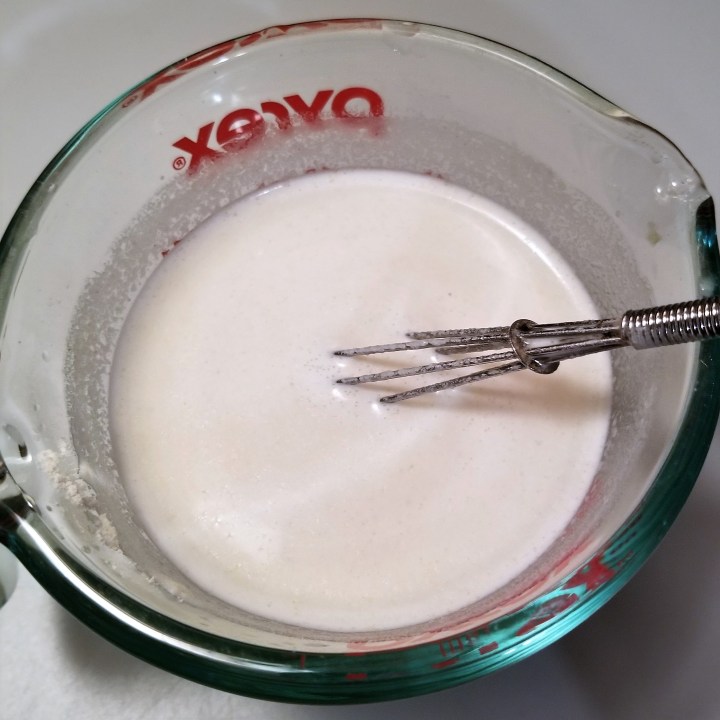
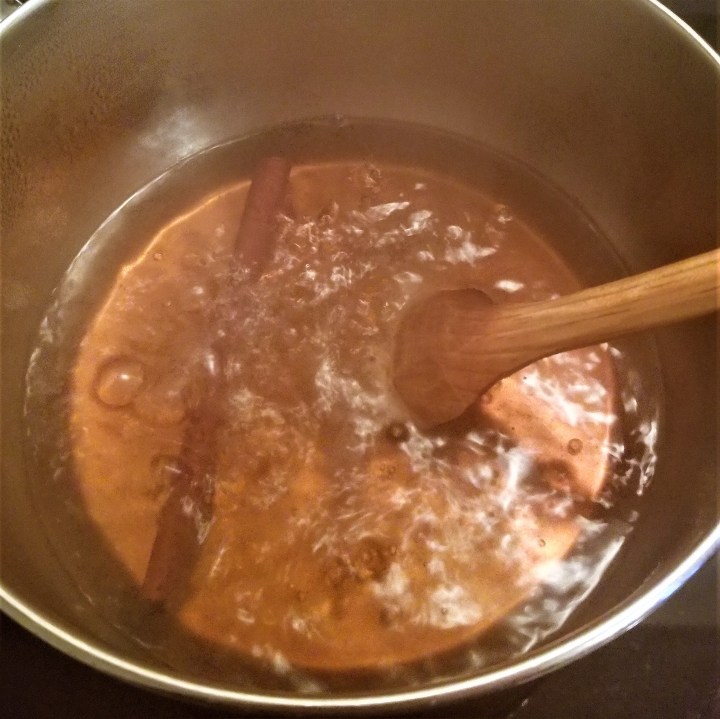


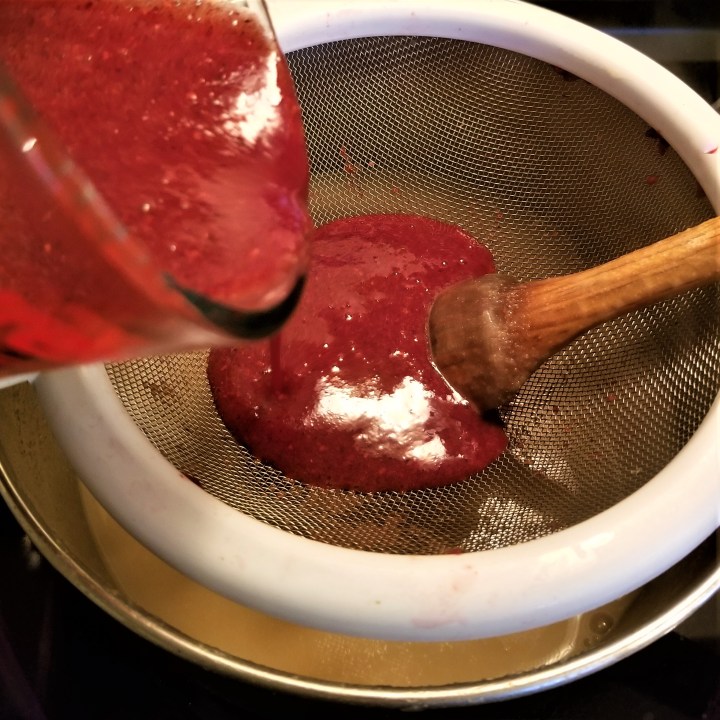
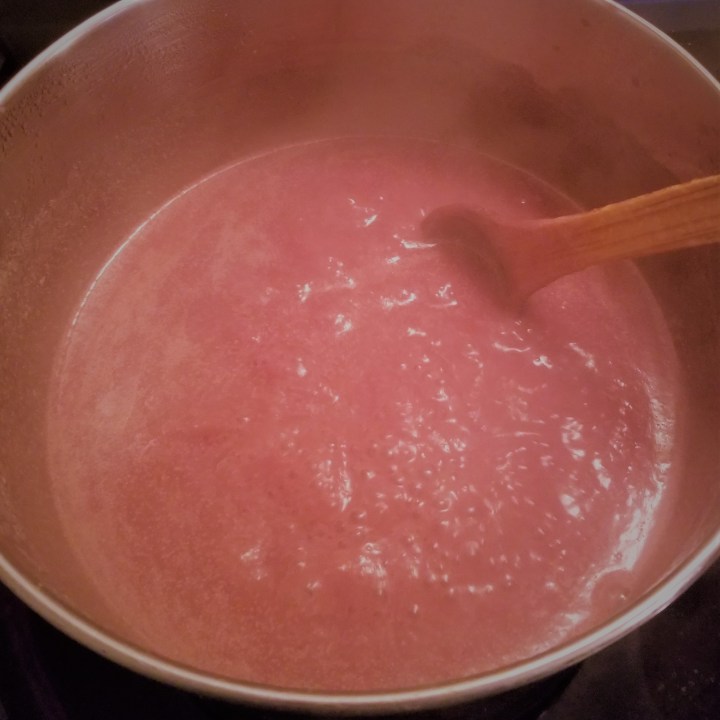

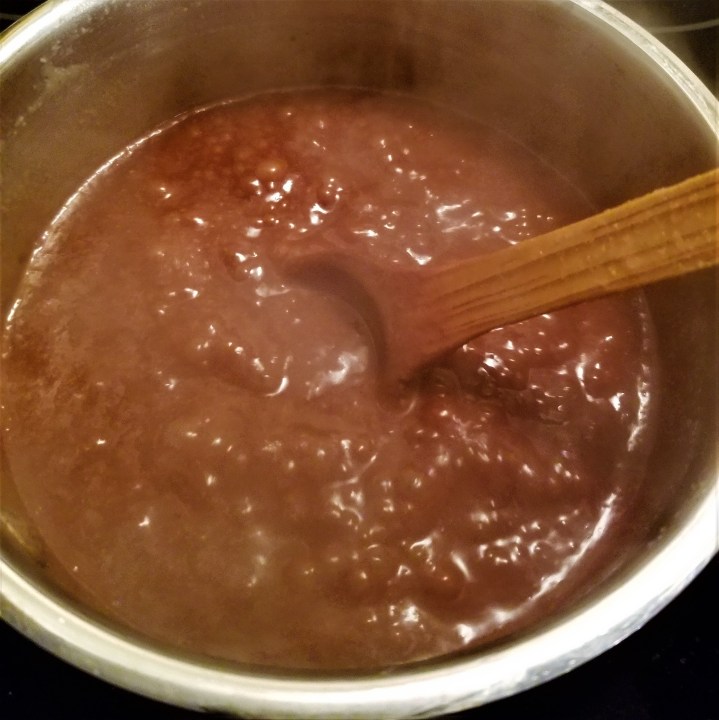







Oh that sounds so good! Every flavor!
LikeLiked by 1 person
That does sound delicious. I’ll share that one with my husband, Irene. Every now and then the boys like a nice warming drink. If they like it, I wonder if it could be stored in a thermos to take on hiking trips?
LikeLike
Hi, Tracy! The problem with storing is that it tends to form a film on the top, and also thickens as it cools down (think cream of mushroom, or gravy). Vendors on the street usually have a portable coal heater called brasero (I think the word in English is brazier) underneath their pot of atole, and stir it before serving each cup. I guess if you are camping, it could be prepared in a pot on an open fire or a camping stove. I hope you and your family like atole!
LikeLiked by 1 person
Sounds a bit like home-made custard, Irene. I will let you know how we go, Irene. Thank you.
LikeLiked by 1 person
Corn silk ashes! That sounds interesting. Is corn silk used in other forms?
LikeLike
Yes, an infusion of fresh corn silk boiled in water is used as a remedy (de-tox, diabetes, urinary tract infections)
LikeLiked by 1 person
I’m so excited! I’ve never tried this before, Irene! 😀
LikeLike
Hi Jennifer, I hope you get to try it!
LikeLiked by 1 person
I’ve never heard of this but is sure sounds good – a satisfying drink for sure!! Thanks for sharing at the What’s for Dinner party. Hope the rest of your week is amazing!
LikeLike
Thank you, Helen, have a great week, too!
LikeLike
Mmm, this sounds so good, and it’s brand new to me! I’m so glad you shared it with us at Thursday Favorite Things!
LikeLike
Thank you so much for your comment, and for hosting TFT, Pam!
LikeLike
Hello Irene, I think it was two weeks ago when we had Filipino Champurrado for breakfast and i posted it. Thank you for sharing these magical food with history. i always enjoy your post. Have a lovely week.
LikeLiked by 1 person
Thank you MarEliz, you too!
LikeLike
A perfect treat for a very cold winter day, this looks delicious! Hope you have a great Valentine Week and thanks so much for sharing with us at Full Plate Thursday!
Miz Helen
LikeLike
Thank you, Miz Helen, all the best for you, too!
LikeLike
Your photos are terrific as always. That drink sounds wonderful too! 😀
LikeLike
Thank you, Cee!
LikeLike